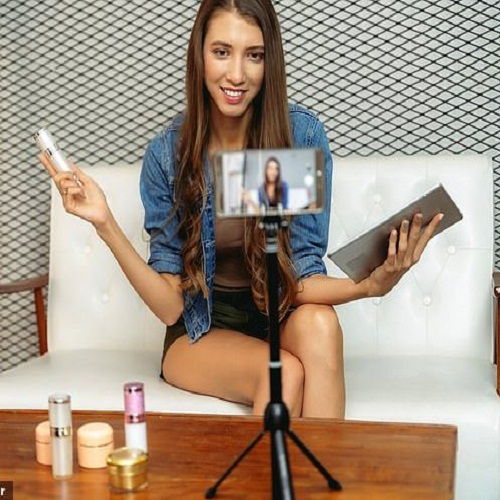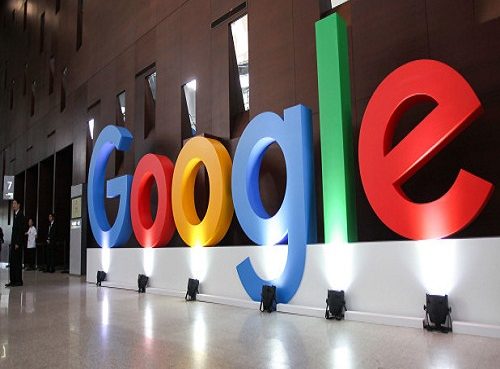The popularity of social media platforms has skyrocketed over the past decade and it has a rising significance in our daily lives. This significance includes the rise of digital influencers as the trendsetters and tastemakers of today.
They are everyday people who love sharing about their passion and daily lives on social media – whether that be cooking, fashion, comedy or gaming, the possibilities are endless.
Also known as key opinion leaders (KOL), influencers are seen to be experts in one subject that can exert impact on their audience through blog posts, pictures, videos, tweets and more.
Twitter users are reported to have increased their purchase intent by 5.2 times when exposed to promotional content from influencers, while 49 per cent of people say they rely on recommendations from influencers to guide their purchasing decisions.
After more than a year of ongoing lockdowns, the pandemic has intensified the impact influencers have on purchasing behaviours due to restrictions limiting shopping in stores.
The power of influencers can be seen through the success of China’s social media influencer Austin Lee (also known as “King of Lipstick”). He managed to generate over US$145 million in sales during his live streaming session on Taobao on 11.11 (also known as Single’s Day) in 2019.
The growing importance of digital influence has garnered interest from brands and organisations as customers tend to trust product recommendations from their favourite influencers. Increasingly, traditional methods such as banners and pop-up advertisements are lesser employed as customers see them as intrusive.
From a cost standpoint, it benefits brands as these types of traditional media requires heavy investing in printing, space, and may not be as effective in terms of engagement for the money spent on it.
From mom-and-pop stores to conglomerates, countless brands have allocated expenditure towards influencer marketing activities to drive brand awareness and increase customer engagement. In an internet survey done by influencer marketing agency Takumi in 2020, it found that 73 per cent of marketers surveyed have allocated more resources to influencer marketing.
Perhaps one of the best examples of brands leveraging on influencer marketing is Swedish watch brand Daniel Wellington. They focused on reaching out to smaller micro-influencers rather than big celebrities.
Aside from providing a free watch, they provided each influencer with a unique promo code which gave 15 per cent off to their followers on social media platforms. This helped track the engagement rate and effective sales a KOL was bringing in.
Influencer marketing-focused platforms and agencies can be seen flooding into this space in efforts to simplify the process for both brands and influencers. These trends were further accelerated by COVID19 as people now spend substantially more time online than ever.
Influencer marketing has matured as an industry. Recently released figures have shown that the market size has more than doubled between 2019 and 2021, increasing from US$6.5 billion to US$13.8 billion in the three years alone.
Certainly, influencers have become vital intermediaries for brands to connect and engage with consumers on social media through the follower base the influencer has built.
Different types of influencers have flourished, with KOLs filling every plausible category of interest ranging from beauty, travel, and gaming to name a few. But how much do we know about the trustworthiness of these influencers when authenticity becomes a commodity?
The highly resonant and original content that influencers produce is what attracts the audience and thus grows their social influence. The best influencers create content that inspires, connects and engages with the audience in the context of the influencer’s life and lifestyle.
Key to influencer content includes being honest and personable, and most importantly understanding their audience and what engages them.
However, content delivered by most influencers today is no longer about sharing honest reviews or promoting brands they like. Instead, it is filled with marketing campaigns driven by ROI and echoing the message the brands want to convey to their targeted audience. As influencers increasingly turn their profiles into advertising tools, people are exhausted by overly features-heavy and upfront product placements.
This distorts the concept behind influencer marketing that was built on credibility and trust as fans relied on influencers for truthful opinions. Often now, it is hard to tell when an endorsement is genuine or if a review is coming from an undisclosed partnership.
The perception of ‘easy income’ from monetising influencers’ efforts on social media has encouraged regular individuals to capitalise on this opportunity.
When producing authentic content appears to be a profession with standards and fierce competition, most are ready to pay for fame and followers in order to capture the attention of brands and big money. Brands can end up overspending on influencer marketing without achieving the desired results.
According to a recent report from an influencer marketing analytics company Instascreener, brands in the US and Canada have spent a total of US$1.9 billion in 2019, of which US$1.5 billion was spent on Instagram influencers alone.
What’s interesting is they have found that US$255 million was spent on influencers with fake engagement and followers. Among brands that were revealed to be spending too much for minimal results included Clarins, Crocs and Kroger.
With growing concerns revolved around the transparency of social media posts, Instagram rolled out branded content features that allows influencers to create branded partnerships with businesses and tag the brand in the content that they have been sponsored.
This was significant in helping maintain user trust in both the brand and influencer since the Federal Trade Commission (FTC) was cracking down on influencers and brands that were not properly disclosing sponsored content.
Finding the right balance to maintain honesty, integrity, and effective marketing strategies remains crucial to marketers, all while finding the right influencers to raise their brands.
It will be interesting to keep an eye out on how influencer marketing and consumer perception will evolve over time as digital marketing is here to stay.
Source: e27










